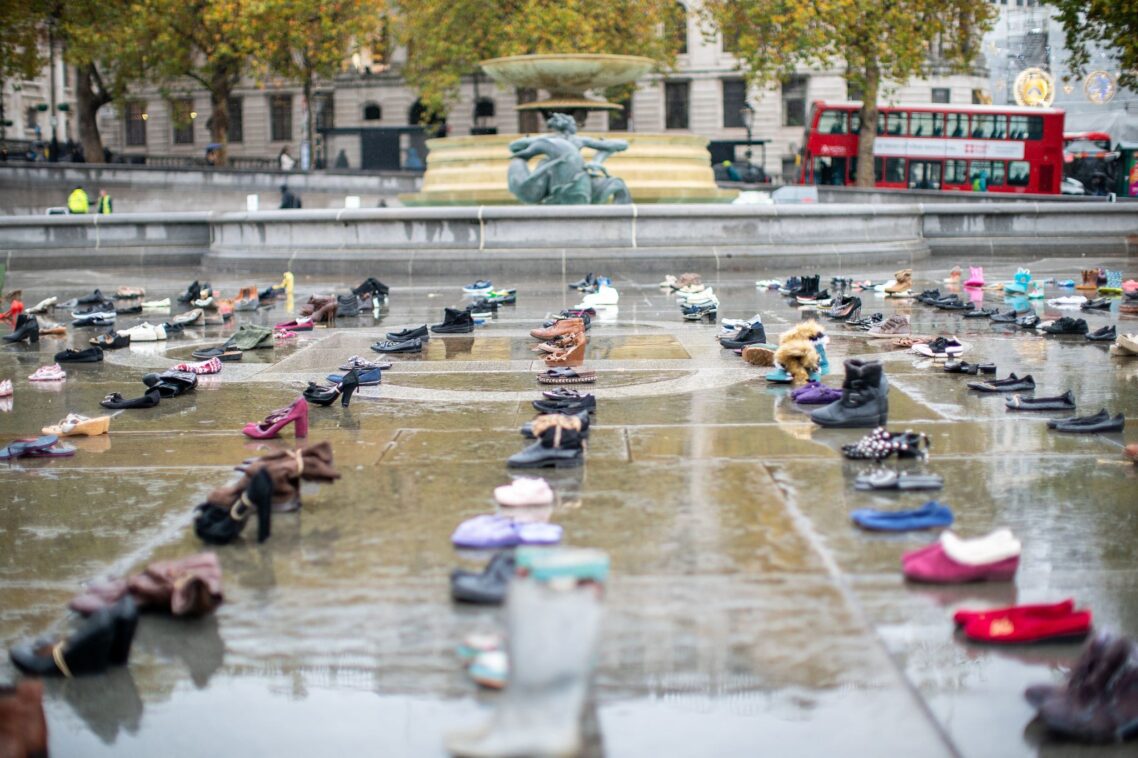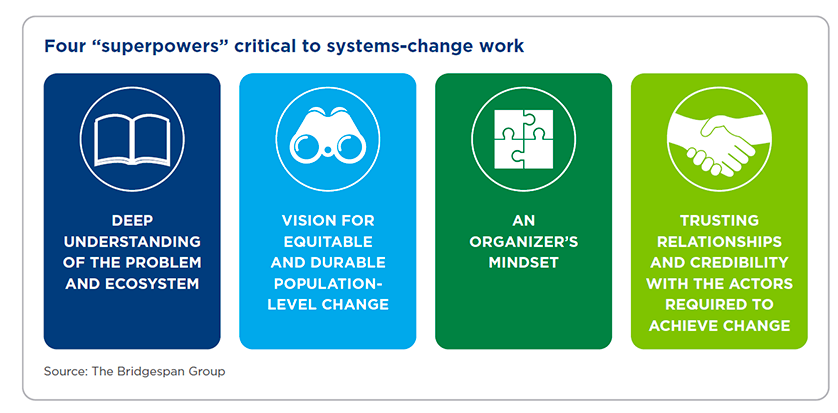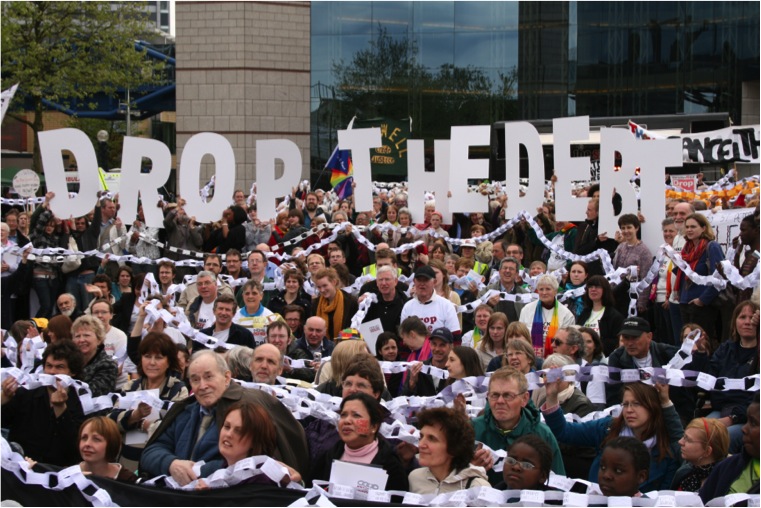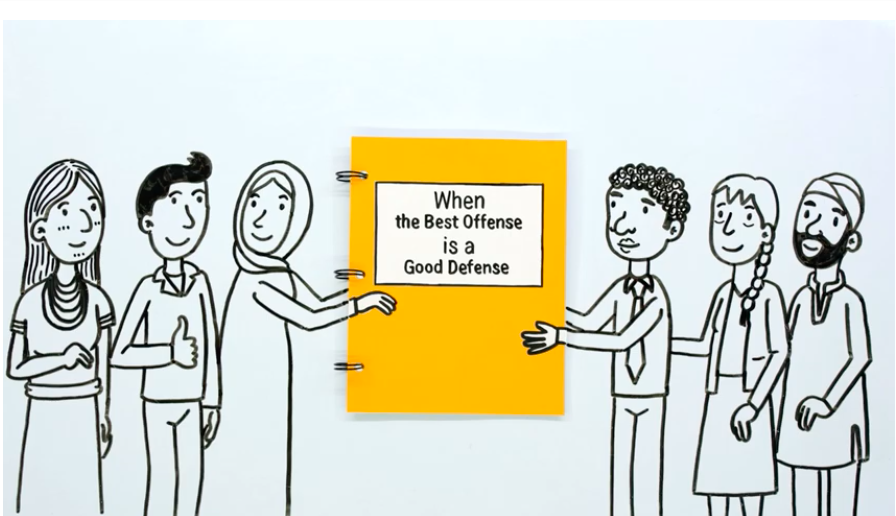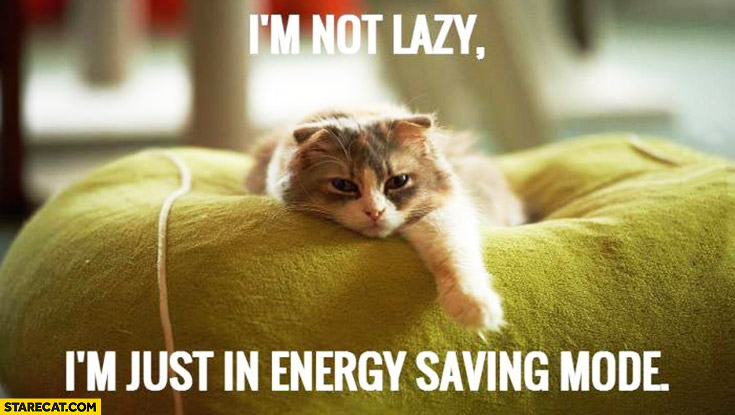I’m seeing more and more campaigners turn to opinion polling as a tactic – and having recently been involved in commissioning some polling, I thought it’d be useful to share a few lessons that I’ve picked up;
1. Start by being clear on what you’re looking to achieve from your polling – ask yourself is it polling ‘to know’ or ‘to show’?
Polling to know is about giving you and your organisation insight and information for the campaigning you are doing, it might be used to inform your strategy or approach, but it might not be something you want to make public.
Polling to show is when it’s designed to demonstrate to your target audience (that could be a decision maker, supporters or the wider public) something that you want them to know about public opinion on a specific issue – this is probably something you’re going to look to put out in a press release or briefing.
2. Decide on the type of polling you want to do – there are different approaches, and they all have different timescales to them. The most common polling that you see is based on a nationally representative sample of the UK public – basically, the pollster you work with will get the views of around 1,000 people to make up a sample that reflects the population of the UK – normally these can be turned around in a few days as most pollsters have weekly polls they can drop them into – where their panels respond to questions on a whole range of topics.
You can also look to use the same approach but ask to focus on a particular region of the UK (as a national representative sample probably won’t give you a sample size big enough to be statistically significant for most specific regions or nations) or a group (for example previous Conservative voters) – generally the more complicated the sample you’re looking for the longer and more expensive it can get.
Increasingly some organisations are using MRP (Multilevel regression and post-stratification) polling, which is a more complex approach, which seeks to sample a large group, and then uses statistical analysis of that plus insight from the census to provide estimates of opinions and attitudes for geographical areas, like a constituency – it’s a great way of getting more detailed insight, and 38 Degrees are the example of an organisation who use it powerfully for campaigning, but it’s much more expensive and takes longer (weeks not days) – so potentially good for planned work but less useful if you’re looking for something quickly.
3. Decide how you’re going to share the results from the start – as you start to think about polling bring together all those who will be involved in sharing the findings together. If you’re looking to get media coverage from your polling, you want to be getting media colleagues involved to think about the media line you might be looking for – and also what else has been in the media recently.
You can also think about using results in MP briefing – especially useful if you can provide details by constituency or region, and there is lots you can do – especially if you can find interesting ways of bringing the findings to life.
Deciding on your approach before you commission – can help you think what you’re looking for in the questions you ask. Also, talk with whomever you’re commissioning the polling from to see if they’ll be happy to share the findings on their channels as well – it might be a good way of getting the results out to a wider audience.
One thing that I think charities could look to do more of is to repeat their polling over a period of time – for example, looking to ask the same questions every 6 or 12 months to see how much the political landscape is changing– it’s obviously a commitment in resource, but could be an interesting approach.
4. Who to work with – there are lots of companies that will offer to do polling for you, but some have better reputations than others. If you’re looking for polling that is going to be used in more political work, then start by looking at working with a polling company that regularly publishes polls on voting intention as they’re likely to have better name recognition with your targets – looking for a member of the British Polling Council is probably a good place to start.
Every polling company charges differently but expect to put aside at least a few £100s for each question you want to ask – and it’s often the case you’ll want to ask more than one, and as mentioned earlier more complexity = more cost, but often more interesting results.
Expect to get a spreadsheet with the results, including breaking them down by different demographics, and sometimes previous voting intention from your pollster. While these breakdowns can be interesting – be careful not to over-interpret small sample sizes.
5. Coming up with the questions – there is an art to writing great polling questions – and for your polling to have credibility it’s important to try to avoid bias or opinion in them that leads to a particular result.
The polling company you work with will be able to advise you on how to approach this but also get the insight or information you’re looking for. I’d also recommend running the question by someone who isn’t as close to the subject as you are – to get a sense of it it’s understandable to someone without expert knowledge of a topic.
And a note to caution, the reality is that if you’re asking on something very specific it might be that you get lots of ‘don’t know’ answers.

